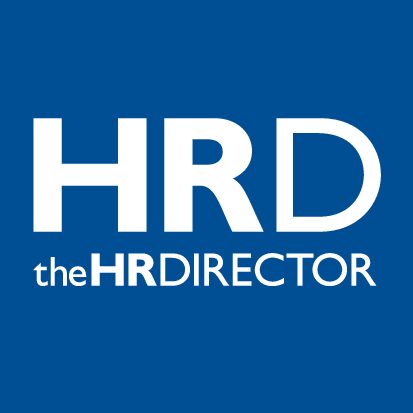Digital technology is disrupting businesses around the globe, impacting processes from the point of sale to strategic planning— and human resources is no exception.
Within the scope of HR, technology has transformed everything from recruiting to compliance and time management. Here’s what you need to know about HR in the digital age and how technology is changing HR at its core.
Managing Remote Teams
One of the biggest shifts for HR, especially after the COVID-19 outbreak, is the transition into remote work. While some businesses are returning to an in-office setting, many have decided to combat the uncertainty and overhead operational costs by shifting to a permanent remote work model.
This pivot into a new business structure means big changes for human resources. HR professionals are tasked with employee management and engagement from a remote setting, lacking the face-to-face human interaction that nourishes so many in this industry. From managing communications and data security, this digital transformation is perhaps the most challenging as of late.
AI-Driven Hiring Processes
Another big change in recent years is the integration of AI in the hiring process. More recruiters and hiring managers are using Applicant Tracking Systems (ATS) to screen and track candidates. While this change has helped streamline and centralize the hiring process, it comes with a learning curve.
AI-driven hiring also creates other complexities in the hiring process. Many of these systems use keywords to pre-screen candidates’ resumes and cover letters before they see human eyes. There are also integrations that help remove unconscious bias from the hiring process to improve diversity and inclusion. While these digital developments are beneficial, they come with a learning curve.
Better Onboarding and User Experience
First impressions are everything for both new hires and customers. In fact, treating new hires and employees the way customers are treated is a great way to improve engagement and retention.
Onboarding and the user experience throughout the process are the first impression when working with a company. It can be beneficial for hiring managers and HR professionals to use an onboarding checklist (the Goco website has a great guide) to better structure the process.
There are also a variety of tools that can centralize and streamline the process from job postings through onboarding and all the way to employee empowerment for scheduling and benefits management.
Simplifying Compliance
Business laws and hiring regulations are ever-evolving in the modern world. Many of the practices that are currently in place weren’t even a consideration a decade ago. Consider the social media revolution of the past 20 years. Companies have to consider employee best practices and communications policies to manage their brand through social media challenges, both directly and indirectly.
On the plus side, digital developments have simplified compliance. It’s easier for HR professionals to stay up-to-date on regulations and changes. Smart payroll software and internet databases make it easier to stay informed.
Automation and Resource Management
Finally, digital technology and the introduction of automation in HR practices have created more bandwidth and resource management for HR professionals. Rather than manually overseeing new employee onboarding or printing policy paperwork to sign, HR professionals can automate repetitive tasks and focus on valuable work.
As our relationship with technology evolves, so too will the HR roles and responsibilities. Fortunately, many of these digital changes are for the good in our data-driven world.
Source: https://www.pexels.com/photo/businessman-people-woman-coffee-6930418/







